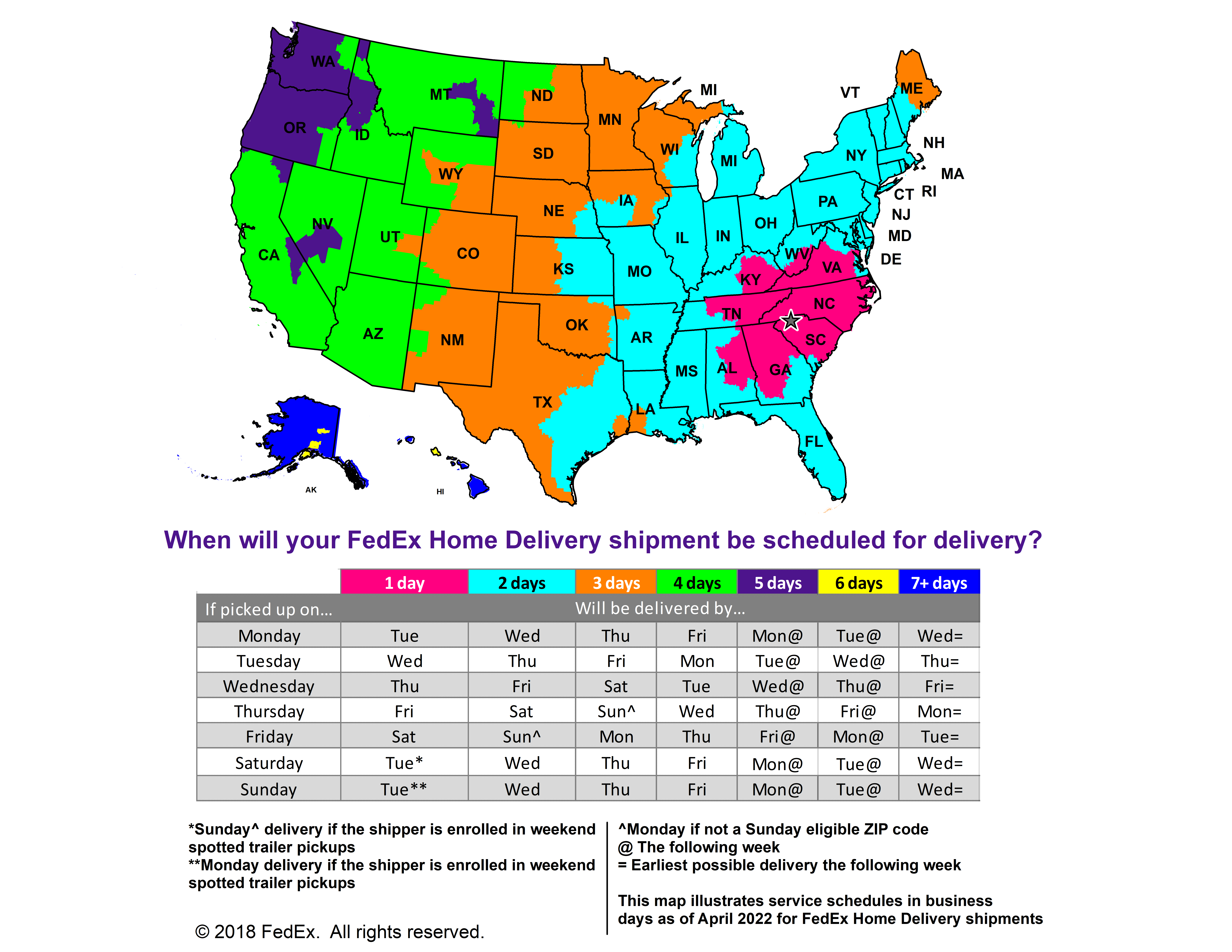How to Paint Over Linoleum Floors
Buying a home is a huge purchase and there's always a long list of projects to take on (and of course, a limited budget), so what can you do about ugly linoleum floors? The easiest and most cost-effective way to update this eyesore is to paint over them. Yes, you can paint over linoleum! Plus, you can do it yourself – another way you'll be keeping costs down. Ready to tackle this project? Here’s how to paint over linoleum floors:
#1 Get it squeaky clean.
You need to clean the flooring thoroughly to remove dirt and grease or your primer will not bond correctly. Scrub the floor multiple times if necessary and leave it overnight to dry.
#2 Sand and scuff the surface.
Use medium to light grit sandpaper,(180-220) to take off any surface gloss and rough up the surface, so the primer will bond correctly. You can use an electric palm sander, or do it by hand. Wear a high-quality dust mask and make sure you get every inch of the entire surface. Vacuum with a shop vac or sweep and then wipe the floor thoroughly to pick up all the dust. Let this dry for a while – depending on how wet you got it wiping it off. If you can run your finger over the flooring and see no dust and also feel that it is entirely dry, then you are ready to prime.
#3 Protect the walls/cabinets.
Use painter's tape where the floor meets walls, cabinets, etc. This makes it MUCH easier to paint all the way to the edge with a nice clean line.
#4 Prime the surface.
You need a very high-quality primer to paint flooring like this, so we don't recommend your average latex wall primer which is intended more for sealing drywall than taking the abuse that a floor will undergo. A great product to use is ECOS Paints Universal Primer. This primer bonds securely to a wide variety of surfaces and it's zero-VOC*. Apply the primer using a brush or roller as you would paint any surface. Do not apply too heavily thinking it will increase its effectiveness! Just a light, even coat will do. When this is dry, see if there are any grease or water stains showing through. If there are, you should wait eight hours and apply another coat. Let it dry for at least eight hours before painting.
*Conforms to CDPH 01350 (VOC emissions test taken at 11, 12, & 14 days for classroom and office use). Learn more about VOCs and our commitment to healthier paints here.
#5 Apply the paint.
Using a paint designed specifically for flooring will give you the best, long-lasting finish. ECOS Paints’ Interior Semi-Gloss Floor Paint or Gloss Floor Paint are excellent products for this project because they're one of the highest quality floor paints you can buy. (We use them on our warehouse floors, so we know they can take a real beating!) It's also self-priming which means you can skip the last step by using this paint.
With most other floor paints, you should wear a respirator while applying – and you can expect to smell it off-gassing for a long time after it’s dry. (If you're unfamiliar with VOCs and what they do to your indoor air quality, we recommend you read this post.) ECOS Paints have no odor** and have zero VOCs*, so you can paint your floors without worrying about how it’s affecting the air that you breathe.
*Conforms to CDPH 01350 (VOC emissions test taken at 11, 12, & 14 days for classroom and office use). Learn more about VOCs and our commitment to healthier paints here. **No traditional paint (polyurethane) odor, which can cause headaches, nausea, and respiratory issues.
Whatever paint you end up using you should apply three coats with a synthetic brush (for the edges) and a high-quality roller. A ⅜ Inch nap will be best as you don’t want your coats to be too thick. Apply three coats of our ECOS Floor Paint in your desired sheen and color, allowing at least 8 hours between coats. The floor can have traffic after the final coat has dried, but a full cure of the film takes 10-15 days.
TIPS:
- Make sure you buy extra paint to have on hand for touch-ups. Even if you know the exact color, sometimes batches are slightly different in hue. To ensure a consistent, professional look, your touch-up paint should be from the original paint batch.
- Start painting in the corner furthest from the door and continue in a way that leaves you at the door (and not trapped in a corner) at the end.
Need some inspiration? Check out our Pinboard with painted floors!
Follow ECOS Paints' board Painted Floors & Faux Rugs on Pinterest.
That's it! If you still have questions, let us know in the comments and we'll happily help. And if you tackle this project, please share some photos with us. We love to see what our customers are up to!


























